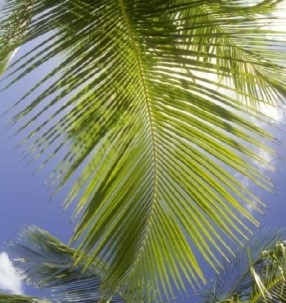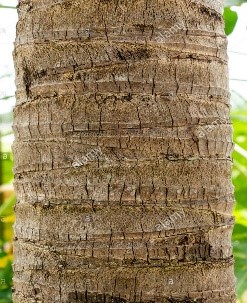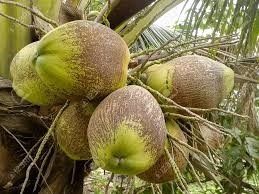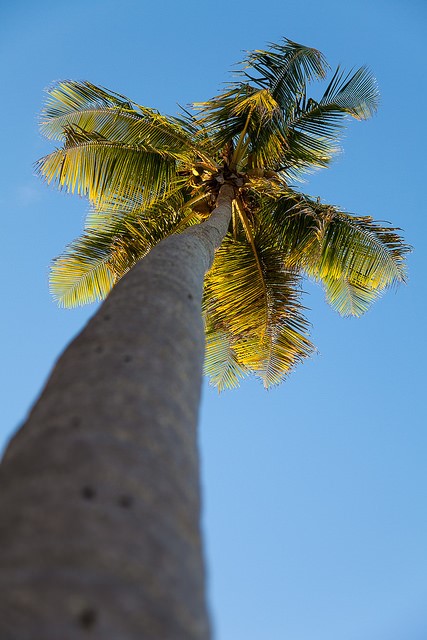Trees
Cocos nucifera
Cocos nucifera
Description :
This
plant is the only living species of the genus Cocos. It is one of the most useful trees in the
world and is often referred to as the "tree of life". Trees grow up
to 30m tall and can yield up to 75 fruits per year, with pinnate leaves 4-6m
long, and pinnae are 60-90cm long; old leaves break away cleanly, leaving the
trunk smooth. The fruit is a drupe, not a true nut, it has three layers: the
exocarp, mesocarp, and endocarp. The exocarp is the glossy outer skin, usually yellow
green to yellow brown in colour. The mesocarp is composed of a fiber, called coir,
which has many traditional and commercial uses. Both the exocarp and the
mesocarp make up the "husk" of the coconut, while the endocarp makes
up the hard coconut shell. The endocarp is around 4mm thick and has three
distinctive germination pores (micropyles) on the distal end.
Distribution :
This
species is cultivated in coastal areas throughout the tropics and some
sub-tropical countries. The plant thrives on sandy soils and is highly tolerant
of salinity. It prefers areas with abundant sunlight and rainfall 150-250mm
annually, which makes colonizing shorelines of the tropics relatively
straightforward. They can also be found in humid areas with low annual
precipitation like in Karachi, Pakistan.
Uses :
It provides food, fuel, cosmetics, and folk
medicine and building materials, among many other uses. Dried coconut flesh is
called copra, and the oil and milk derived from it are commonly used in cooking
– frying in particular – as well as in soaps and cosmetics. The hard shells,
fibrous husks and long pinnate leaves can be used as material to make a variety
of products for furnishing and decoration.



